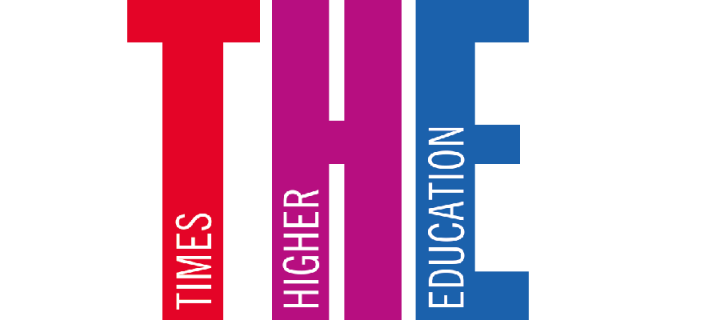With state school intakes at the universities of Oxford and Cambridge now at about 70 per cent, the heated national debate about “Oxbridge elitism” has cooled a little in recent years.
Scratch the surface of this apparent social mobility success story, however, and a slightly different picture emerges: at Cambridge, just 1,986 UK state school pupils were admitted in 2022, of which about a third (642) came from grammar schools, up from 1,524 in 2012 – only 462 more than in 2012.
At Oxford, 1,678 state school pupils were admitted this year, up from 1,463 a decade earlier, but 13 per cent fewer than in 2020 because of declining overall admissions. Put simply, Britain’s two richest universities have collectively mustered fewer than 700 additional spots for state school pupils in a decade when some top UK universities have doubled their intake.
Such modest absolute increases in state school entrants – or in Oxford’s case, lower admissions – highlights the refusal of many colleges to expand domestic intakes, with institutions tending to admit more postgraduate or international students. The high price of the Oxbridge tutorial system – thought to cost at least £16,000 per student – has been cited as a major barrier to student expansion, as is the availability of in-hall accommodation for first-year undergraduates.


